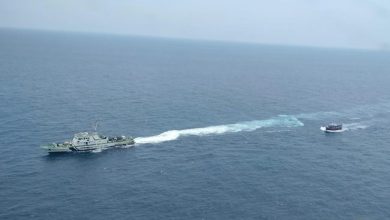EU Airports Reopen but Stranded Passengers May Take Weeks to Get Back Home
Despite of reopening of Europe’s busiest airport, the gridlock created by volcanic ash cloud is far from over with officials saying that it will take stranded travelers weeks to get back home, said media reports.
Airline companies El, Al and British Airways restarted operations to London in the morning.
British Airways said that it expected about two dozen flights from the US, Africa and Asia to land by early Wednesday, reports said.
The Eurocontrol air traffic agency said that just under half of the 27,500 flights are expected over Europe to go ahead on Tuesday with closed to normal takeoffs by Friday, said reports.
Since April 14 when volcano – dormant for nearly 200 years – erupted, it was the first day on Tuesday t that air operations began.
However, airlines faced enormous task of working through the backlog to get passengers to their destinations as over 95,000 flights were cancelled over the last week and thousands of passengers are stranded. Clearing backlog could take days or even weeks.
According to reports, those having current tickets are being given priority, while those stranded for days have been asked either to buy a new ticket or take their chances using the old one – a wait that could be days or weeks for the next available seat.
“Once your flight’s canceled, you go to the back of the queue,” Laurie Price, director of aviation strategy at consultant Mott Macdonald, who was stranded in Halifax, Canada, was quoted as saying. “It seems intrinsically unfair.”
In the meanwhile, scientists expressed fears that the eruption could trigger an even larger eruption at the close-by Katla volcano, situated on the massive Myrdalsjokull icecap. Its last major eruption was in 1918.
If such an eruption, say volcano experts, takes place, air travelers could have to face more disruptions, depending on prevailing winds, reports said.
Of Iceland’s eight volcanic eruptions in the last 40 years, only the recent one at Eyjafjallajokull was followed by winds blowing southeast toward northern Europe.
(Based on internet reports)





